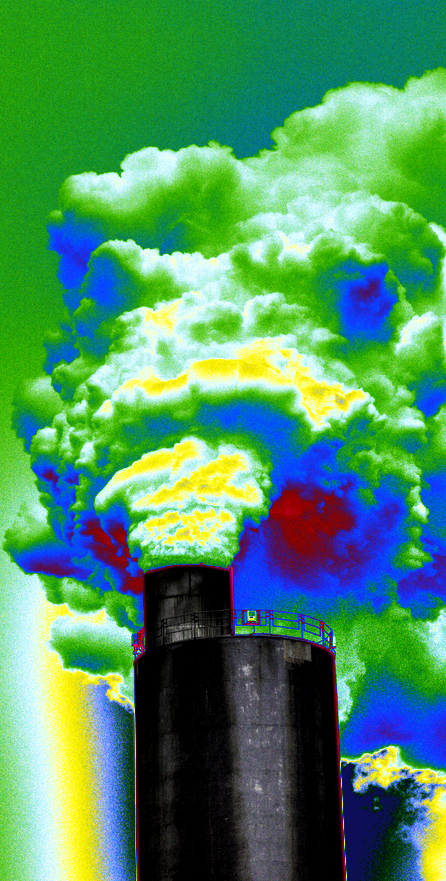New deal to boost local scrubber
 Australian researchers are developing new technology that can suck CO2 out of the atmosphere to help achieve net zero emissions.
Australian researchers are developing new technology that can suck CO2 out of the atmosphere to help achieve net zero emissions.
Developed by Melbourne-based renewable energy company, Southern Green Gas (SGG), the solar powered units use porous structures called metal organic framework (MOFs) nanomaterials to adsorb CO2 directly from the air.
The modules can be manufactured in Australia at high volume and low cost and could play an important role in achieving net zero emissions.
Southern Green Gas Ltd (SGG) and Swiss Re, one of the world’s leading providers of reinsurance, insurance and other forms of risk-based transfer, have agreed to collaborate to bring the technology to the next level.
They have agreed to build awareness amongst key stakeholders in Australia of the opportunity for Carbon Removals.
They also want to educate international stakeholders on Australia’s world leading potential for carbon removals, facilitate access to funding for demonstration projects, and create consortia of project investors and off-take customers to make projects bankable.
Swiss Re says it advocates for emissions reduction first, then removal.
“There will always be emissions from bushfires, hard-to-abate sectors and historic residual emissions, so carbon removal needs to be part of our planning to reduce present day emissions and the carbon built up in the atmosphere,” said Mark Senkevics, Head of Property & Casualty Underwriting, Asia, Australia & New Zealand at Swiss Re.
“Nature-based solutions are accessible and ready to use but will not do the job alone, so we must drive a balanced mix of natural and tech solutions to achieve and sustain the 1.5°C target.”
A recent Swiss Re Institute report highlights that achieving net-zero emissions involves building a carbon removal industry capable of delivering negative emissions at the speed (within three decades) and scale (10–20 billion tonnes per year) that climate science says will be required to enable sustainable living for future generations.







 Print
Print